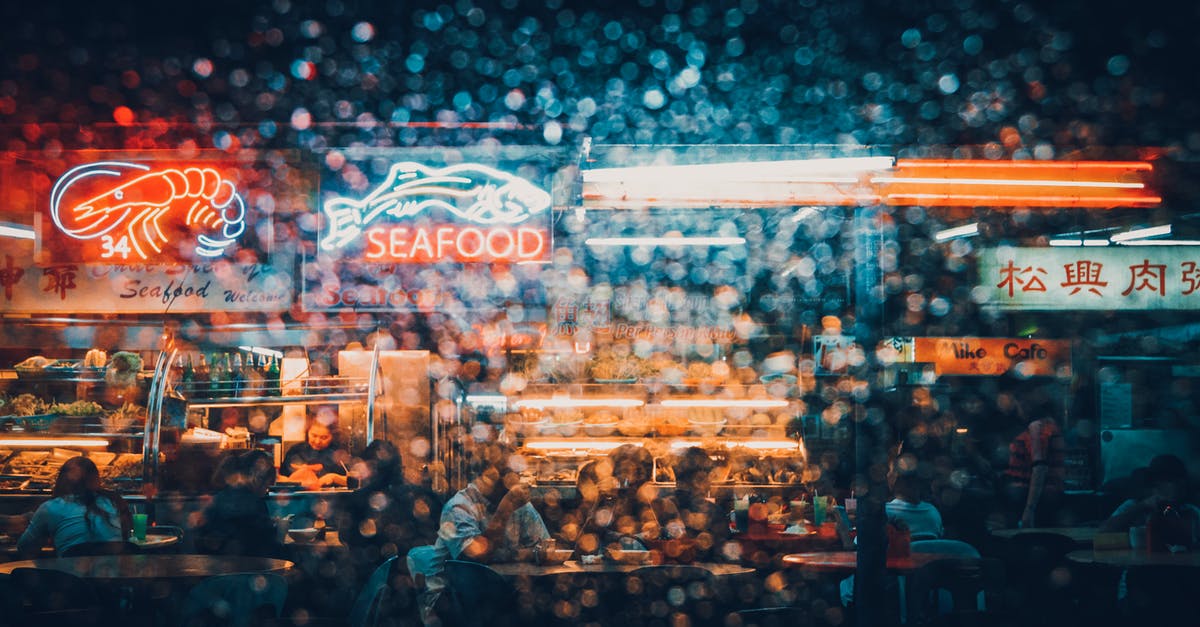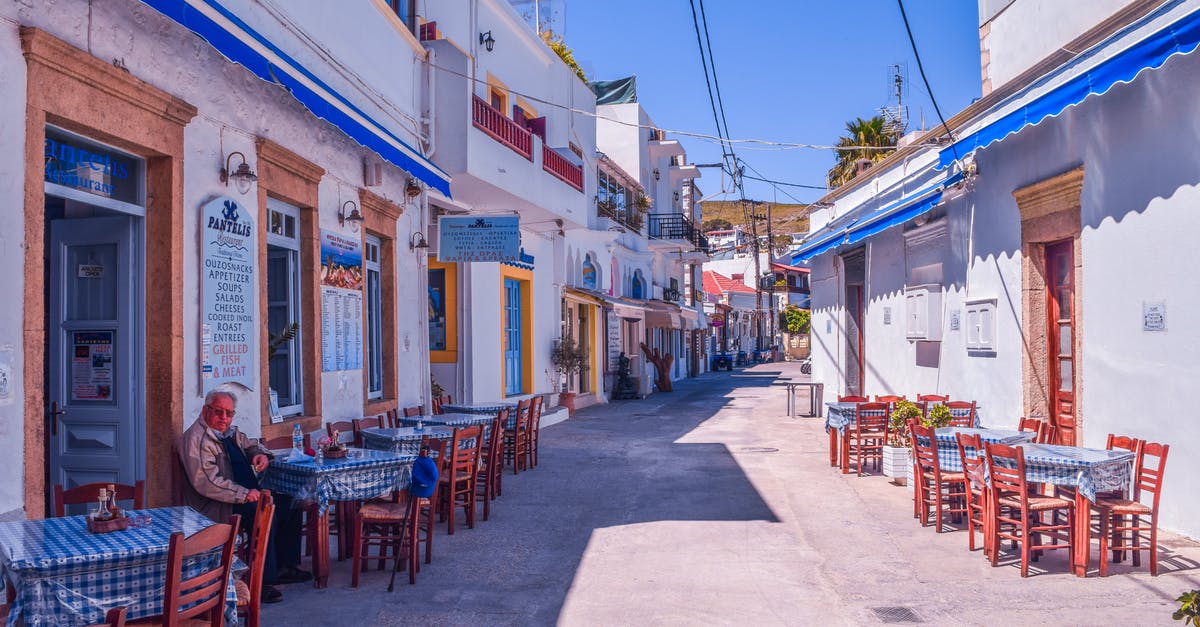restaurants terms

Our company makes software for restaurants but we are facing a problem. we dont know the correct words in English for two things
- The message that goes to the kitchen, this is printed on a receipt printer in the kitchen and contains what the kitchen will start cooking. our best guess is KOT, Kitchen order ticket.
- what do you call these extra messages that can be on the KOT or what its called. This can be on meat for example, "Rare", "medium" or maybe "extra fries" or "No onions". these messages modify the things the customer has ordered. we do not agree on this one. the guesses are. "KitchenNotification", "KitchenMessage" or "CookingMessage"
Do anyone that maybe works or have worked in restaurants tell us the correct terms for this,
thank you :)
Best Answer
This is a rather long answer, as terms need to be applied correctly and it is unclear what your software actually can do.
In a professional setting, the customer makes an order and the wait staff creates tickets which are handed to the expediter. The expediter receives the tickets from the wait staff (or the printer) and sets the pace and flow in the kitchen and communicates which menu items need to be cooked. The expediter is also responsible for verifying that the wait staff receives the correct plates with the correct items from the ticket. The wait staff again verifies the plate with the order (not the ticket!).
"Orders" and "tickets" are therefore two different things. Your kitchen printer generates "tickets" for the kitchen, but your wait staff enters "orders" into the system. When this is tightly coupled, "one order - one ticket", it is therefore often combined as "Kitchen Order Ticket". This tight coupling is a bad habit though, invented by software developers who couldn't imagine a n:m relationship. A smart system is able to generate multiple kitchen tickets per table or order, taking f.e. preparation times and courses into account.
The item you print is therefore either a Kitchen Ticket or Kitchen Order Ticket, depending on whether you can print multiple tickets per order or not.
Any deviation from the default menu is usually a "Special Order". Let's assume all people ordered their menu "without onions" for a week, then the inventory management needs to know that there is no need to buy onions, because there weren't any used. If you merely checkout the default menu, someone will buy new onions and you end up with pounds of onions discarded.
The ticket should therefore generate a "Special Order" with descriptive text what is special about it, so this menu can be treated differently by the expediter, cashier and inventory manager. Cooks are busy cooking, tickets are the problem of other people.
If it is not a deviation from the item, but a necessary detail, for example the doneness of a steak - it is an "Item note" or "Order note", which is printed right by the ordered item. If it is a steak restaurant though, it would be more correct to have multiple entries in the system. While the customer would order the menu "#64 rare", the wait staff would enter f.e. "#641", while "#642" would be #64 medium-rare - as I said, advanced systems usually know the preparation times of dishes and a note can't be used to tell the system to calculate this. If your wait staff has to enter a note manually for every order, you have done something wrong as restaurant manager.
An "Expediter message" is an additional information for the expediter from the wait staff. This message is not about the items, but about everything that affects the work of the expediter - for example:"Customer is a Michelin restaurant tester!" This is printed apart from the menu items and you wouldn't want them to appear on the customer receipt. As your target group might be more mundane restaurants, "Expediter message" would confuse Aunt Annie's diner, so "message" would be sufficient. A message is text for someone else the customer should not see.
A note is something you write down to not forget it. The wait staff would write a note for themselves, f.e.:"Customer does not drink alcohol." when an alcoholic appetizer was offered. This way the wait staff can make appropriate suggestions later. As you can see, this information would be useless for the expediter.
Pictures about "restaurants terms"



What are the words related to restaurant?
synonyms for restaurant- bar.
- cafeteria.
- coffee shop.
- diner.
- dining room.
- inn.
- outlet.
- saloon.
What is top in restaurant lingo?
Top \u2013 The number in a dining party, as in \u201c8 top at table 20.\u201d See also: the number of seats at a table/how many guests a table could seat.What are the 7 types of menus?
7 Different Types of Menu in Hotel- Breakfast Menu.
- Brunch Menu.
- Luncheon Menu.
- Afternoon and High Tea Menu.
- Dinner Menu.
- Super Menu.
- Room Service Menu.
What are the 9 types of restaurants?
- 1) Fine Dining. Fine dining restaurants offer diners an upscale meal experience often comprising several courses (e.g., salad, appetizer, entree, dessert). ...
- 2) Casual Dining. ...
- 3) Fast Casual. ...
- 4) Ghost Restaurant. ...
- 5) Family Style Types Of Restaurants. ...
- 6) Fast Food. ...
- 7) Food Truck, Cart, Or Stand. ...
- 8) Cafe.
Basic English vocabulary for restaurants
Sources: Stack Exchange - This article follows the attribution requirements of Stack Exchange and is licensed under CC BY-SA 3.0.
Images: Deva Darshan, Aleksandar Pasaric, Sơn Bờm, John Finkelstein

